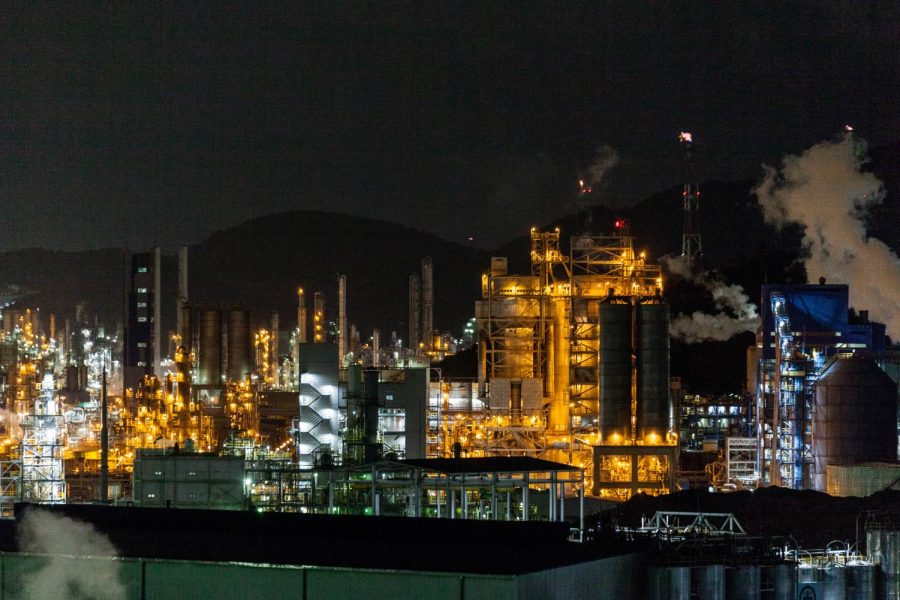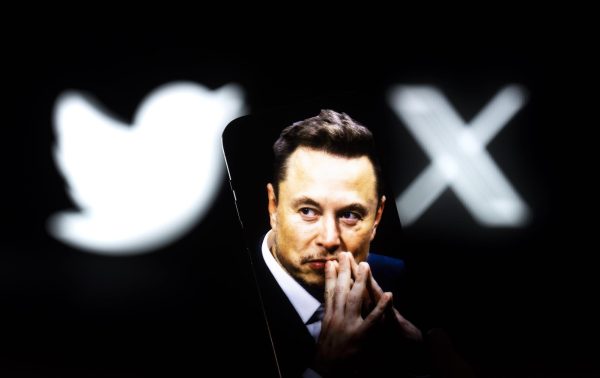First Steps Toward Green: Biden Inflation Climate Bill
On Tuesday, August 16, 2022, Joe Biden signed the Inflation Reduction Act. This bill is the first step in the right direction after years of making global warming a bi-partisan issue. Climate change affects both Democrats and Republicans, as it is dangerous for all humans. It is something that the world needs to work on but it all starts with the United States, literally.
The bill supports economic opportunities and jobs, makes energy-efficient home upgrades more affordable, protects public health, bolsters resistance by strengthening infrastructure, and lowers costs for small businesses that invest in energy-efficient appliances. While all of these benefits are agreeable, they are simply a small measure.
Energy efficiency is a good beginning for our country. Every corner of the nation’s business and livelihood runs on energy, and making steps towards reducing our use of energy will save us money, lower the demand for energy and reserve our energy since most of it comes from non-renewable sources, exactly 86.9% of energy use in the United States. Coal, natural gas, and petroleum formed over thousands of years from the buried remains of ancient sea plants and animals that lived millions of years ago. Nuclear energy, on the other hand, is rare to find and we only have 80 years left of it before we run out. By reducing our energy impact on the world, we can move towards lowering emissions and not run out of it as fast as is projected.
Investing in renewable clean energy is another big action in the right direction. By making renewable clean energy sources cheaper through government incentives, manufacturers are able to thrive. The larger the renewable clean energy market becomes, the cheaper and more accessible the products will be. There are already statewide incentives to purchase electric vehicles, solar power, and energy-efficient appliances, but with the federal government focusing more on the transportation and energy sector, we can transition faster and promote good energy use in our country and in the world.
The United States is the second largest emitter, behind China, yet the United States is in competition with China. Together they produce nearly 44% of world emissions and they contribute around 35% of global gross domestic product. Unlike the United States, China has been in the works of lowering emissions for years as they are not dealing with a bi-partisan blockade, but rather the Chinese Communist Party.
Although China emits the most, they produce the most wind and solar energy. They have invested the most in renewable energy in the world and aim to generate a third of their energy from renewable sources by 2025.
China’s emissions are not entirely their fault. Most of the products and items that you use come from China. In fact, a staggering 33% percent of United States imports came from China in 2021, amounting to more than $500 billion. Our commerce with China directly causes global emissions to skyrocket. So, pushing our industry and China’s industry towards renewable clean energy will greatly reduce global emissions.
As the largest economy in the world, the United States needs to set an example. We need to continue to invest in energy efficiency as well as clean energy, promoting easy and cheaper access for our country and people all over the planet. Our first step is continuing to establish balanced laws that will gain bipartisan support and will lead us closer to energy efficiency and clean energy. While the country is in chaos, due to our large divide over false information and confusion, we need to continue to advance with balanced climate laws or we will continue to ruin our planet and set a bad example.

Harrison is a senior and is excited for his fourth year at the Harriton Banner. In addition to the Banner, Harrison also runs the Business Journal for...









